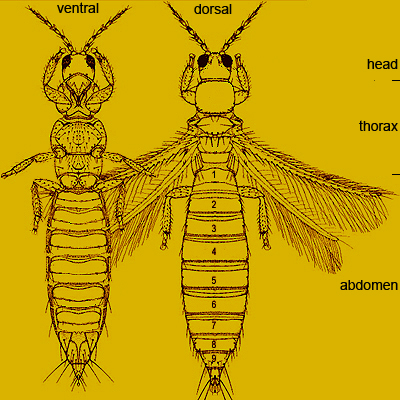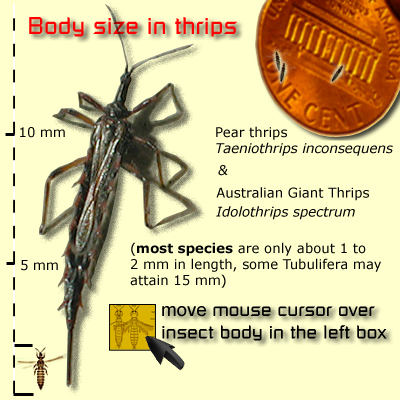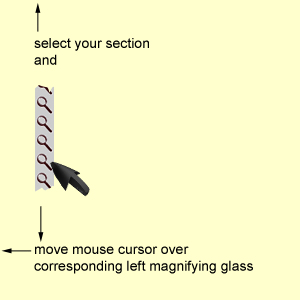| Particular attention is given to key characters, because it is essential that they be interpreted correctly. You can use additional photographs within the key when you are unsure of the character state discussed in the text. A double click on the character state thumbnail opens the related character state photograph and the mouse cursor will surround the important specific character state. | ||

|
 |
|
| (antecosta-campaniform
sensilla)
-> (cilia-craspedum) -> (cross
vein-furca) ->(gena-maxillary stylets)
-> (maxillary palps-ocellar setae) -> (ocellar triangle-posteroangular) -> (posteromarginal-setae) -> (spine-wing retaining setae) |
|
POSTEROMARGINAL:
(Latin, posterior = latter) behind the midline, caudal, (Latin, margo
= edge) narrow part of a surface within the edge, for example: posteromarginal
setae = setae inserted on the posterior margin of a sclerite. |
 |
POSTMENTUM: Proximal
part of the labium. |
||
POSTOCCULAR
SETAE: Setae arising just behind the compound eyes. |
||
PREMENTUM: The
distal end of the labium bearing labial palps, glossae and paraglossae. |
||
PROBASISTERNUM (=FERNA):
Pair of sclerites on the posterior half of the prosternum, in Phlaeothripids
= Ferna, in Thripids previously referred to as probasisternum. |
||
PRONOTUM:
Dorsal region of the first thoracic segment. |
||
SCAPUS:
1st segment of the antenna. |
||
SENSE
CONE: A circular opening with a bifurcated or single conic
process covered by a membrane. |
||
SENSILLUM
CAMPANIFORME: A belly formed sense organ that lacks an external
process. |
||
SETAE:
Hair-like processes with a basal articulation. |
Gordh, G & Headrick,
D (2001): A dictionary of Entomology. CABI Publishing, Oxon & New
York, 1032 pp. |
Gullan, PJ & Cranston,
PS (1994): The Insects: An Outline of Entomology . Chapman
and Hall, London. 491 pp. |